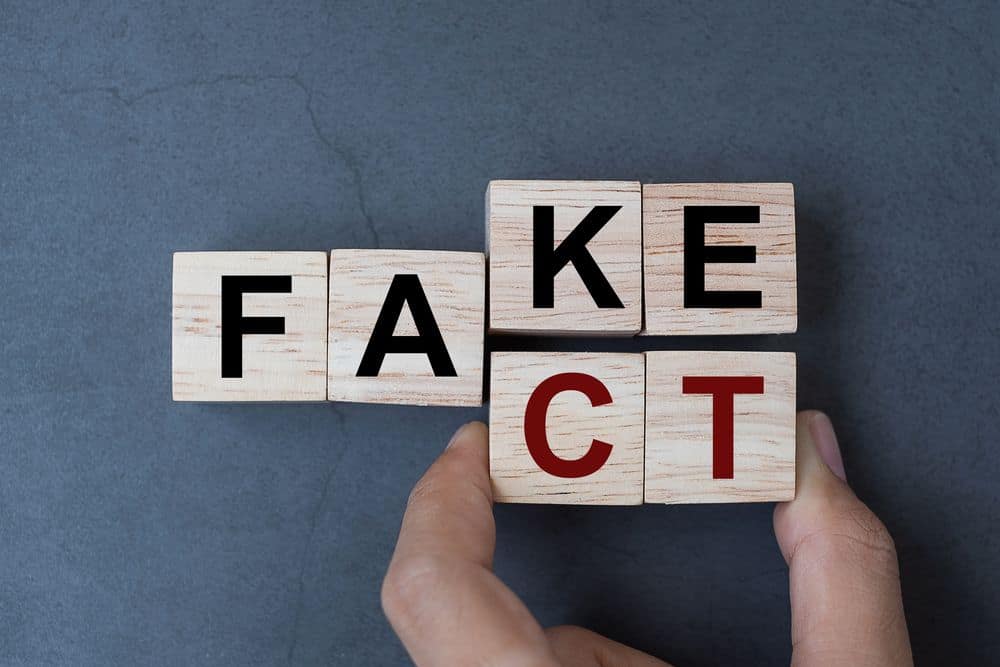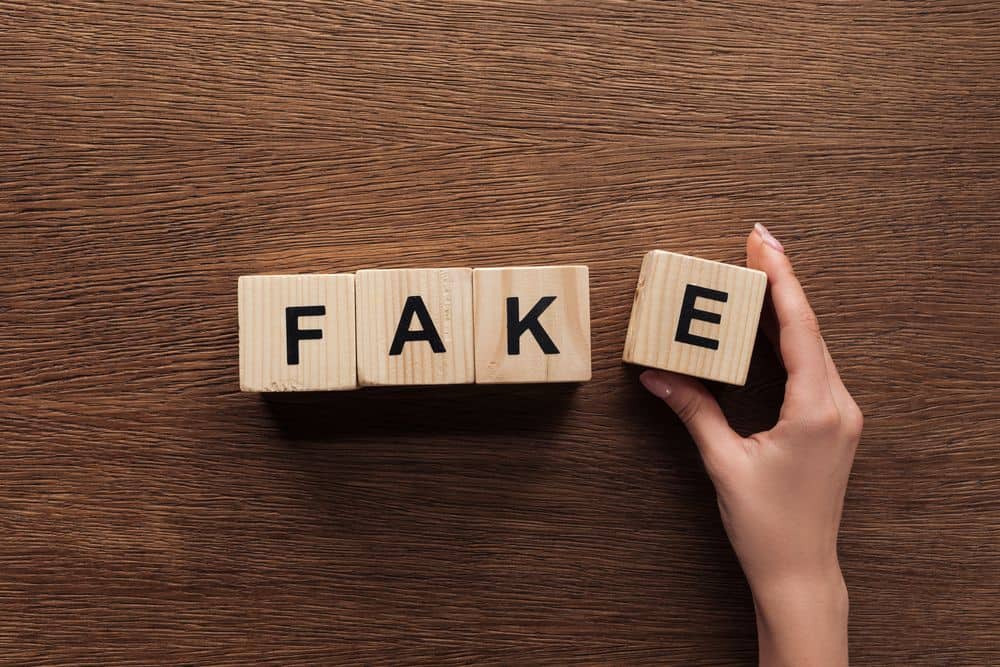The process of learning how to get a refund when it says no refunds can help you understand how to go about future online purchases. Generally, sellers have their policies when it comes to return and refund policies.
KEY TAKEAWAYS:
- FTC’s cooling-off rule gives customers three days to cancel any online purchases made from any location.
- The Fair Credit Billing Act of 1974 allows customers to place a chargeback request after a credit card purchase.
- Check the small claims limit in your state if you choose to sue a merchant through a small court claim.
The FTC has a cooling-off rule that provides an average person with three days to cancel an order and get a full refund from the day of purchase. So, what if you do not get a refund after submitting refund requests? What if you feel that you deserve a monetary refund and the company says you will not get a refund? Below is a guide that can help you get the refund. We also feel that it is important for companies to learn how to build customer relationships.
Step-by-Step Guide of Getting a Refund
STEP 1 Work out the Issue with the Merchant
Before taking any action, first, talk with the merchant and try to sort out the issue. Ask them for their reasons for not honoring their refund policy terms. In addition, ensure that you rightly deserve a refund because, in some instances, you may not deserve it.
For instance, if you return a product already used or damaged, you do not deserve a return. Sometimes, if you purchase clearance items, the sale may be final, and in such an instance, you will not get a refund when you return the item. Of course, customers and sellers alike wouldn’t have this problem if they just knew how to get the right bloggers to review their products.
Thankfully, most stores want happy customers, so a return policy will ensure that they get return customers. If you reach out to the seller and explain why you deserve a refund, they might act in good faith. If a customer care agent appears to be of little help, you can escalate the issue to the supervisor or store manager.
STEP 2 Request a Chargeback
If you bought a product using a credit card, a provision under the Fair Credit Billing Act of 1974 allows someone to ask the credit card company to reverse the charge, deducting the money from the vendor into your bank account. This action is what is known as a chargeback.
Now, a chargeback is not as simple as it looks. It is a serious process you can invoke if you have a legitimate refund policy dispute with a business that refuses to offer a solution. So, if you pay for a product using cash, you will have to use other avenues to get your cash refunds.
STEP 3 Consider Mediation
The merchant you are dealing with might be open to attending mediation. Their availability is a positive sign because both sides need to be open to attending the session for a mediation. Next, draft a letter that outlines your complaint and suggests resolutions. You can easily get a template for the letter from the USA.gov website.
In mediation, the independent mediator will listen to both parties, guide the discussion, and assist in realizing a solution. To get a qualified mediator, you can check your state’s Attorney General’s office mediation program. You can also find a good option through the “Find a Mediator” tool at the American Arbitration Association.
STEP 4 Sue the Merchant in Small Claims
If you have a lot of money to claim, a better process is suing the vendor in small court claims. Every state in the U.S has a small claims court. In each court, the limits are different. For example, Arkansas small claims have a limit of up to $5 000 while Alaska’s limit is $10 000. Research your state to know the limit and determine if the small claims are available for your dispute.
If your claim is larger than the set claim limit in your state, you might consider taking the case to the regular civil court. To take on this option, you need to consult a lawyer. Civil court cases can be expensive, complex, and they can take long. In the end, you can win more money, but you will spend more time and effort through the process.
There are disputes where suing in small claims is not worth it. For example, if you are pursuing a refund from an internet provider, cable, or cell phone company, there might be a clause in your contract that says that you will have to go through arbitration if there is a dispute. So, if your contract contains this clause, you will have to go for arbitration.
STEP 5 Go for the Consumer Arbitration
Arbitration has some similarities with mediation. For example, both parties explain their sides to a neutral third party who is an arbitrator. The process could be via email, phone, or face-to-face. The major difference between mediation and arbitration is that an arbitrator will determine who is right. Most importantly, the final decision is legally binding. In the majority of the arbitration cases, the word of the arbitrator is final, with no appeals afterward.
F.A.Q.S
Is it possible for a store to refuse to give a refund according to Federal Law?
No federal law mandates a seller to refund money to a customer unless the customer receives a defective product. On the other hand, FTC helps consumers get refunds from companies that run scams.
Are you entitled to a refund?
Unfortunately, most of the states don’t have refund laws.
In what circumstance can a seller refuse to offer a refund?
If you misused a product or service or changed your mind, a business can refuse to provide you with a refund, replacement, or free repair.
STAT: According to the Century Foundation, approximately 40 million people in 2020 collected unemployment benefits. (source)





























![Best Amazon Review Checkers in [year] 22 Best Amazon Review Checkers in 2025](https://www.gadgetreview.dev/wp-content/uploads/best-amazon-review-checker-image.jpg)
![Best Renters Insurances in [year] 23 Best Renters Insurances in 2025](https://www.gadgetreview.dev/wp-content/uploads/best-renters-insurance-image.jpg)